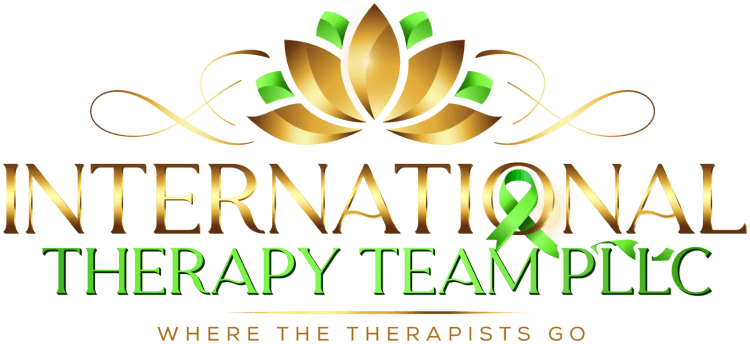Therapy sessions provide a safe space for individuals to explore their thoughts, feelings, and behaviors. At the heart of effective therapy lies one essential element—communication. Communication skills in mental health are fundamental, but why are they so important during therapy sessions? In this blog, we’ll dive into the significance of these skills and how they can impact the therapeutic process.
The Role of Communication in Building Trust
Communication establishes a foundation of trust between the therapist and the client. Without trust, clients may hold back, limiting the effectiveness of therapy.
Trust is the bedrock of any therapeutic relationship. When clients feel that their therapist truly listens and validates their concerns, it encourages them to be more open. For instance, through consistent communication, therapists can reassure clients that they are in a judgment-free zone, which is crucial for deep emotional work.
An essential aspect of building trust is maintaining confidentiality. Clients need to feel confident that their disclosures will remain private. This assurance encourages them to communicate with greater depth and honesty, allowing therapists to provide more accurate support.
How Active Listening Enhances Understanding
Active listening builds a deeper understanding of the client’s issues, allowing therapists to provide insights that resonate with the client’s personal experience.
When therapists engage in active listening, they can pick up on subtle cues in the client’s language, tone, and body language. This awareness helps them address underlying issues that might not be immediately apparent, such as anxiety that manifests in different forms.
Active listening is not just about hearing words; it’s about comprehending the emotions and context behind them. By reflecting on the client’s statements and asking probing questions, therapists can ensure that they fully grasp the client’s perspective, leading to more tailored therapeutic interventions.
Expressing Empathy Through Communication
Empathetic communication helps clients feel heard and validated, creating a safe environment for open discussion.
Empathy in therapy is the ability to understand and share the feelings of the client. When therapists express empathy effectively, they convey an understanding of the client’s emotional journey. This connection can be achieved through verbal affirmations and non-verbal cues like nodding or maintaining a warm gaze.
By demonstrating empathy, therapists can break down barriers that clients might have built due to past negative experiences. When clients sense genuine empathy, it fosters a collaborative therapeutic relationship where clients feel encouraged to delve deeper into their emotional complexities.
Clarifying Thoughts and Emotions
Verbalizing thoughts and emotions helps clients gain clarity about their mental health struggles and contributes to self-awareness.
Therapists guide clients in articulating their thoughts and feelings more precisely. This process of articulation is powerful; it often leads to breakthroughs and a newfound understanding of one’s emotions. Clients start seeing patterns and connections in their thoughts, which can be pivotal in resolving inner conflicts.
Clarification through communication also helps demystify complex emotional states. Clients may initially feel overwhelmed by ambivalent feelings, but with the therapist’s guidance, they can start dissecting these emotions, leading to healthier coping mechanisms and self-growth.
The Impact of Non-verbal Communication
Non-verbal cues like body language and facial expressions can convey a wealth of information, enhancing the therapeutic dialogue when used effectively.
Non-verbal communication is often referred to as the ‘silent language’ of therapy. It encompasses gestures, facial expressions, posture, and even silence—all of which can significantly impact the therapist-client interaction. For instance, a simple reassuring nod or a smile can put a client at ease, promoting openness.
Therapists are trained to be keen observers of non-verbal signals. They can detect discrepancies between a client’s words and their non-verbal cues, which may indicate underlying issues that need addressing. For example, a nervous smile or restless hands might suggest discomfort with the topic at hand, prompting the therapist to explore that area further.
Effective Communication Techniques for Therapists
Therapists can employ techniques such as reflective listening and open-ended questions to facilitate a more engaging and productive session.
Reflective listening involves paraphrasing or summarizing what the client has said to confirm understanding. This technique not only assures the client that they are being heard but also gives them a chance to clarify any misunderstandings.
Open-ended questions are another critical tool in a therapist’s arsenal. These questions encourage clients to elaborate on their thoughts and feelings, moving beyond yes or no answers. This approach can lead to rich, informative discussions that provide deeper insights into the client’s mental health journey.
Wrapping Up: The Power of Communication in Therapy
Communication is the backbone of successful therapy sessions. By enhancing communication skills, both therapists and clients can foster a strong therapeutic alliance, leading to more meaningful and productive sessions. Remember, the better the communication, the better the outcome.





